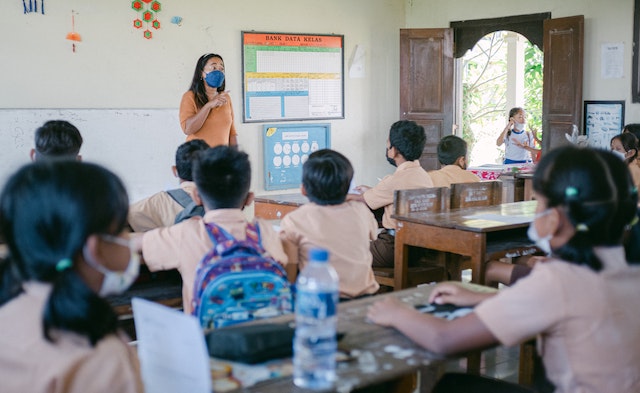Children’s learning materials can be an excellent way to promote holistic learning. These materials can engage the mind and body and promote social skills and self-esteem. Children’s learning materials can also encourage social and emotional growth, and this type of learning is crucial for early childhood development.
Engaging the Mind
Engaging the mind with holistic learning materials means creating an environment where children can explore various material experiences. This includes the use of art and design to create materials that are both beautiful and useful. These artists and designers also provide educators with dynamic springboards for their teaching.
One way to engage the mind with children’s learning materials is to have them engage in group projects that involve writing and drawing. Children are naturally drawn to this work and can use it to illustrate their ideas about a project. They can also keep a journal or sketchbook to document their thoughts and feelings. They can also create mind maps and group drawings.
Engaging the Body
The holistic learning approach involves engaging the body and mind in learning. This requires a partnership between the educator and the student. It also requires a strong relationship between the caregiver and the child. This is important because the child’s learning experience also happens in the home environment. The caregiver must build a strong bond with the child and involve them in classroom rules.
Holistic learning refers to the development of the entire student, including the social, emotional, and spiritual dimensions. Holistic learning emphasizes the development of each of these dimensions and views them as interdependent. This approach also acknowledges that teachers and parents are essential in guiding the holistic development of children and youth.
Holistic learning involves activating a child’s intellect, emotions, imagination, and body. It applies to all aspects of a child’s development, from birth through childhood. It is important to remember that the first five years are the most formative years of a child’s life and shape the trajectory of the rest of their life. During this time, a child experiences many cognitive milestones. These milestones include naming colors, sitting up unaided, and singing a song.
Promoting Self-Esteem
Promoting self-esteem in children’s learning materials can be a very effective way to help them develop a positive self-image. This is important since low self-esteem can lead to fear of trying new things or failing in many areas. From speaking up in class to forgetting a math problem, low self-esteem can cause a child to shy away from new opportunities and activities.
One good way to promote self-esteem in children is to provide them with materials and activities that can help them learn about the importance of their value system. For example, creating a self-esteem-building activity can include singing songs, creating cards, or having children complete a questionnaire. All of these can help build a child’s sense of self-esteem.
Another way to promote self-esteem in children is to celebrate their accomplishments. This way, they will be encouraged to use their strengths instead of focusing on their weaknesses. Self-esteem is essential in developing a growth mindset because children with high self-esteem are more likely to take on new challenges, learn to deal with mistakes, and ask for help when needed.
Promoting Social Skills
Boosting social skills in children is a critical step in preparing them for school. Fortunately, there are a variety of ways that parents can help their kids develop these skills. One of the most effective is incorporating a social message in their children’s learning materials. Research has shown that children exposed to materials that promote social skills do better in school.
Many books, activities, and programs are available for teachers to promote social skills in children. For example, the Child Mind Institute offers a guidebook that explains how to teach self-regulation skills. In addition, Social Emotional Learning for Children with Special Needs offers information about how to help students understand how emotions impact their behavior. Autism Speaks practical advice on how to build social skills for children with autism.
Teachers can also use online resources. The Learning Disabilities Association of America offers online resources, including informational guides and support groups. TeachingLD is an online resource with tutorials and practice guides for teaching social skills to children. In addition, the National Association for the Education of Young Children offers information about the development of children’s emotional and social skills.

